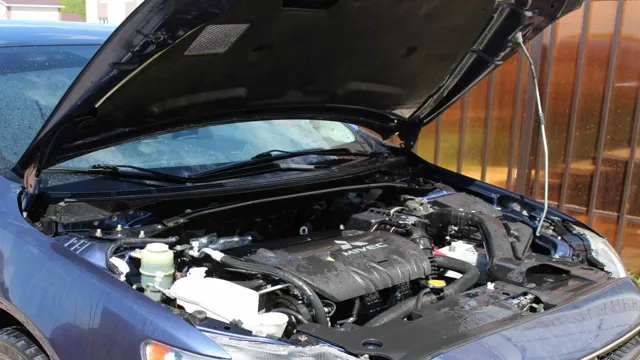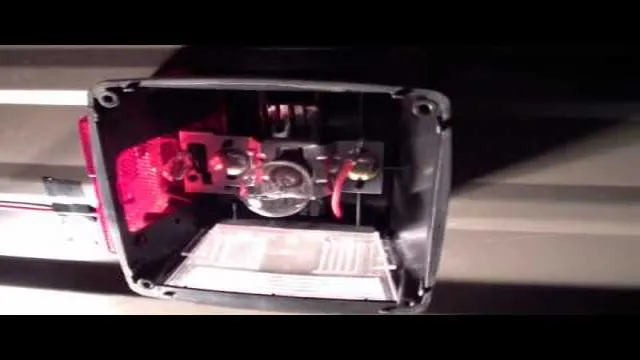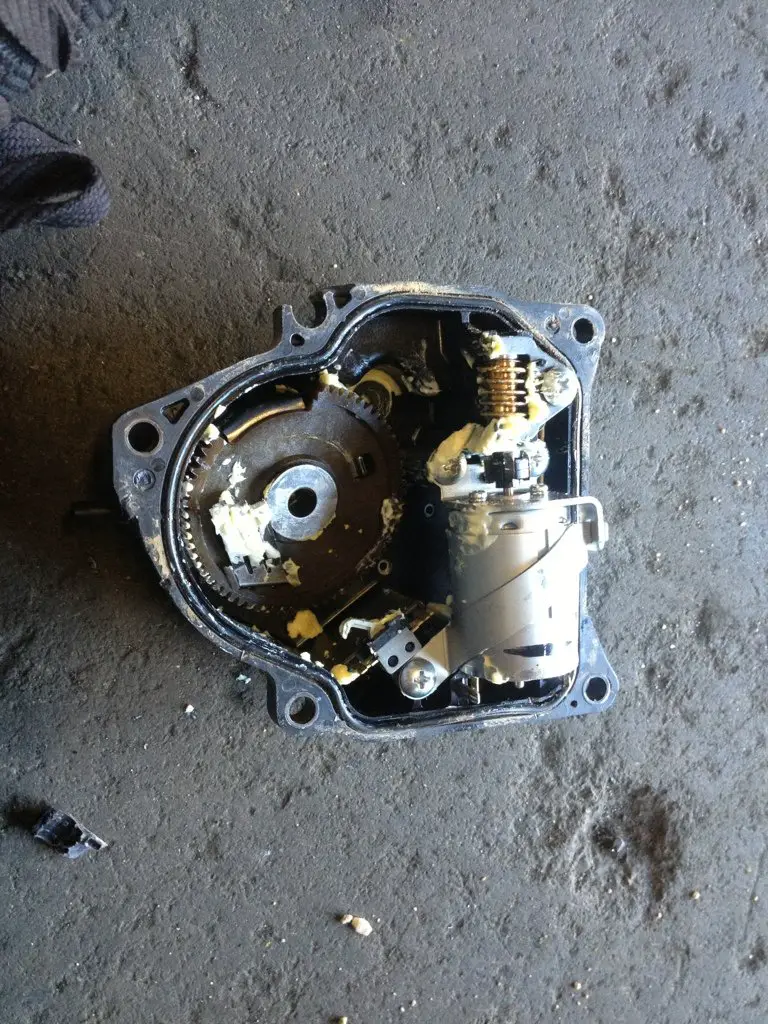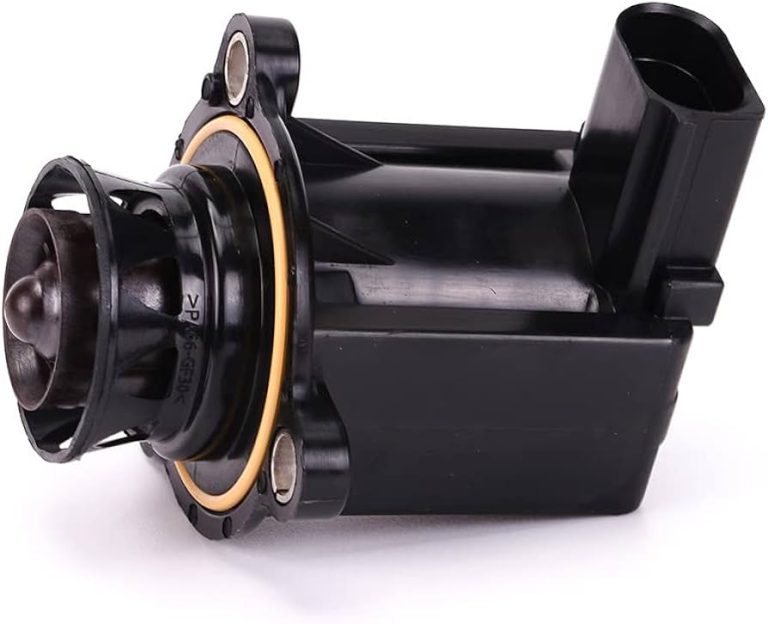Homemade Fuel Transfer Tank : Efficient DIY Solution
There are many reasons why you might need a fuel transfer tank. Whether you’re a farmer, contractor, or off-road enthusiast, having a portable fuel tank can come in handy. However, purchasing a commercial fuel transfer tank can be expensive. The good news is that you can build your own homemade fuel transfer tank at a fraction of the cost. In this guide, we’ll walk you through the process of building a homemade fuel transfer tank, step by step.
Materials and Tools
Before you start building your homemade fuel transfer tank, you’ll need to gather the necessary materials and tools. Here’s a list of what you’ll need:
Materials
- 55-gallon steel drum
- 3/4″ brass ball valve
- 3/4″ brass hose barb
- 3/4″ brass nipple
- Hose clamps
- Thread sealant
- Heavy-duty hose
- Steel angle iron
- Sheet metal
- Steel bolts, nuts, and washers
- Fuel transfer pump
Tools
- Angle grinder
- Welder
- Drill
- Hole saw
- Screwdriver
- Adjustable wrench
- Safety gloves and goggles
Building the Fuel Transfer Tank
Now that you have all the materials and tools, it’s time to start building your homemade fuel transfer tank. Follow these steps:
Step 1: Prepare The Steel Drum
Begin by thoroughly cleaning the 55-gallon steel drum to remove any residue or contaminants. Make sure the drum is completely dry before proceeding.
Step 2: Cut An Opening
Using an angle grinder, carefully cut a hole near the bottom of the steel drum. This will serve as the fill and drain opening for the fuel tank.
Step 3: Install The Ball Valve And Hose Barb
Thread the 3/4″ brass nipple into the ball valve, then attach the ball valve to the hole you cut in the drum. Use thread sealant to ensure a tight seal. Next, attach the hose barb to the other end of the ball valve using hose clamps. This will be where you attach the hose for transferring fuel.
Step 4: Mount The Drum
Using steel angle iron, fabricate a sturdy base and mounting brackets for the steel drum. Weld the brackets to the drum, ensuring it is secure and stable for transportation.
Step 5: Add A Pump
Install a fuel transfer pump to the top of the steel drum. Make sure it is securely attached and that the outlet is positioned to easily connect to the hose barb at the bottom of the drum.
Step 6: Secure The Components
Use sheet metal and steel bolts, nuts, and washers to secure the pump and hose to the drum. Ensure that all components are tightly fastened and leak-free.
Using Your Homemade Fuel Transfer Tank
Now that your homemade fuel transfer tank is complete, it’s time to put it to use. Simply fill the drum with the desired amount of fuel, attach the hose to the hose barb, and turn on the pump. You now have a portable fuel transfer tank that you can take wherever you need to refuel equipment, vehicles, or machinery.
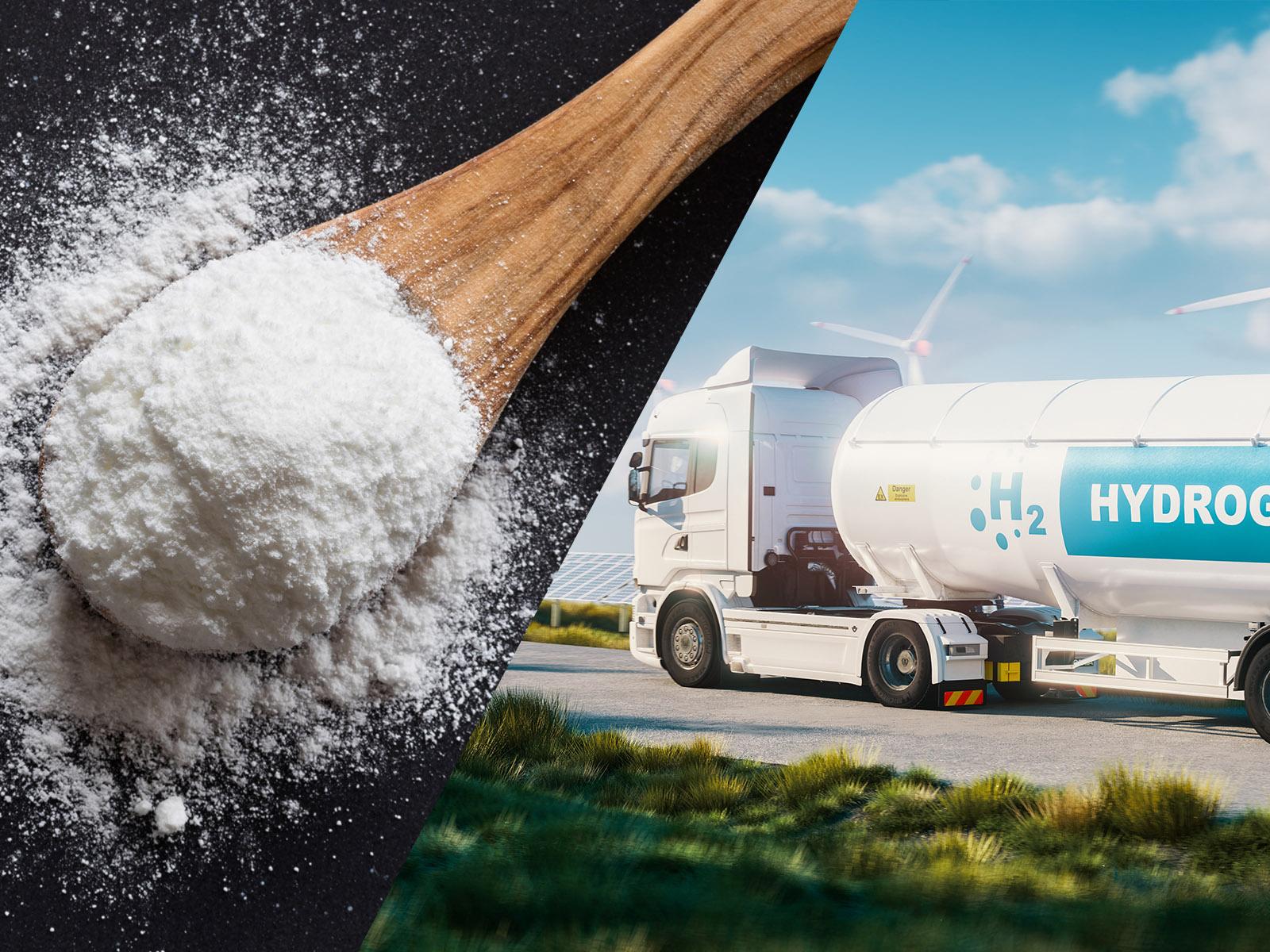
Credit: www.pnnl.gov
Frequently Asked Questions For Homemade Fuel Transfer Tank : Efficient Diy Solution
Can I Build My Homemade Fuel Transfer Tank?
Yes, you can build your own fuel transfer tank with proper materials and safety measures.
What Safety Measures Should I Consider While Building A Homemade Fuel Transfer Tank?
When building a homemade fuel transfer tank, ensure proper ventilation, use non-sparking tools, and follow local regulations.
What Materials Do I Need To Construct A Homemade Fuel Transfer Tank?
To construct a homemade fuel transfer tank, you will need a suitable container, sealant, hoses, and a pump designed for fuel.
Is It Legal To Use A Homemade Fuel Transfer Tank?
Using a homemade fuel transfer tank may be legal, but it is essential to comply with local laws and regulations.
Conclusion
Building a homemade fuel transfer tank is a cost-effective and practical solution for individuals and businesses that require a portable fuel storage and transfer system. By following the steps outlined in this guide, you can create a customized fuel transfer tank that meets your specific needs. Always remember to prioritize safety when handling flammable liquids and to comply with local regulations regarding fuel storage and transportation.


